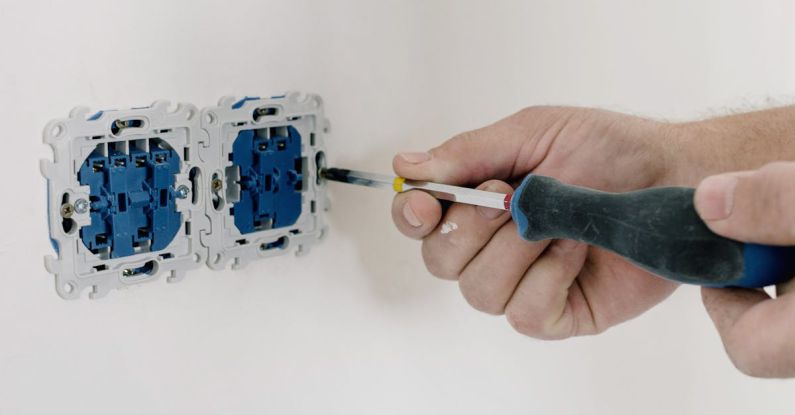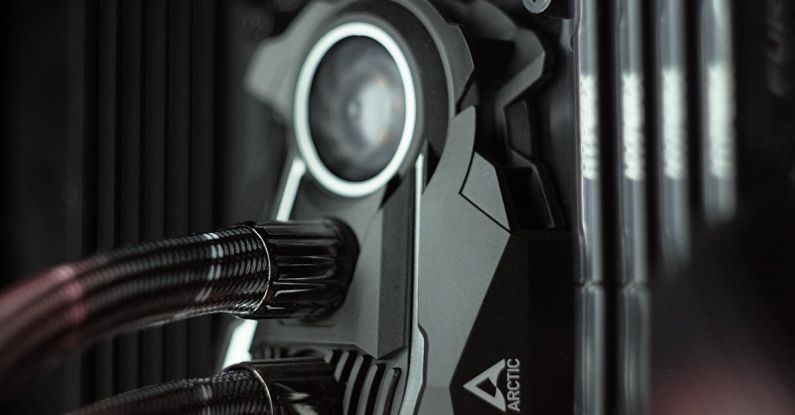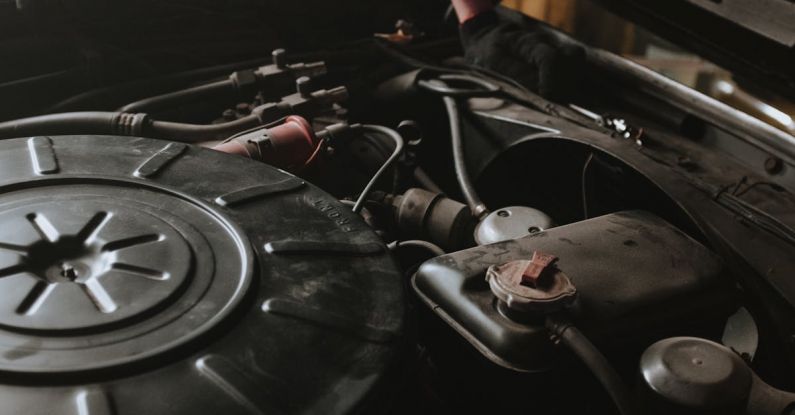
One of the most common car maintenance tasks that every vehicle owner may eventually need to tackle is replacing a car battery. While this task may seem daunting at first glance, it is actually a relatively simple process that can be done with the right tools and a bit of know-how. In this article, we will guide you through the steps of how to replace a car battery yourself, saving you time and money by avoiding a trip to the mechanic.
**Assess the Situation**
Before diving into the battery replacement process, it is crucial to first assess the condition of your current battery. Some signs that indicate a failing battery include difficulty starting the car, dimming headlights, or a dashboard warning light. If you notice any of these symptoms, it may be time to replace your battery.
**Gather the Necessary Tools**
To replace a car battery, you will need a few essential tools. These include a wrench or socket set, a pair of safety gloves, and, most importantly, a new battery that is compatible with your vehicle. It is crucial to ensure that the replacement battery matches the size, voltage, and terminal orientation of your old battery to avoid any compatibility issues.
**Locate the Battery**
The next step in replacing your car battery is locating its position within the vehicle. In most cars, the battery can be found under the hood, typically near the front of the engine compartment. However, some vehicles may have the battery located in the trunk or under the rear seat. Consult your car’s manual if you are unsure of the exact location.
**Disconnect the Old Battery**
Before removing the old battery, it is essential to disconnect it from the vehicle’s electrical system to prevent any electrical mishaps. Start by using a wrench or socket set to loosen the bolts securing the battery cables to the terminals. It is important to remove the negative cable first, followed by the positive cable. Be cautious not to touch both terminals simultaneously to avoid any short circuits.
**Remove the Old Battery**
Once the battery cables are disconnected, you can proceed to remove the old battery from its housing. Depending on your vehicle’s make and model, the battery may be held in place by a bracket or strap that needs to be loosened. Carefully lift the old battery out of its compartment, taking care not to tip it over and spill any acid.
**Install the New Battery**
With the old battery out of the way, it is time to install the new battery. Place the new battery in the same orientation as the old one, ensuring that the positive and negative terminals are correctly aligned. Secure the battery in place using the bracket or strap, making sure it is snug and will not shift during driving.
**Reconnect the Battery Cables**
Once the new battery is securely in place, it is time to reconnect the battery cables. Start by attaching the positive cable to the positive terminal, followed by the negative cable to the negative terminal. Tighten the bolts to ensure a secure connection, being careful not to over-tighten and damage the terminals.
**Test the New Battery**
After reconnecting the battery cables, it is essential to test the new battery to ensure everything is functioning correctly. Start the car and check that it starts smoothly without any issues. Additionally, test the headlights, radio, and other electrical components to confirm that the new battery is providing power to the vehicle.
**Hit the Road with Confidence**
Congratulations! You have successfully replaced your car battery and saved yourself a trip to the mechanic. By following these simple steps, you can tackle this essential car maintenance task with ease and confidence. Now that your vehicle is equipped with a new battery, you can hit the road knowing that your car is in top condition and ready for your next adventure.
**In Summary**
Replacing a car battery yourself is a manageable task that can save you time and money. By following the steps outlined in this article and having the right tools on hand, you can easily replace your car battery at home. Remember to assess the situation, gather the necessary tools, disconnect the old battery, install the new battery, reconnect the battery cables, and test the new battery before hitting the road. With a new battery in place, your vehicle will be ready for many miles of trouble-free driving.





